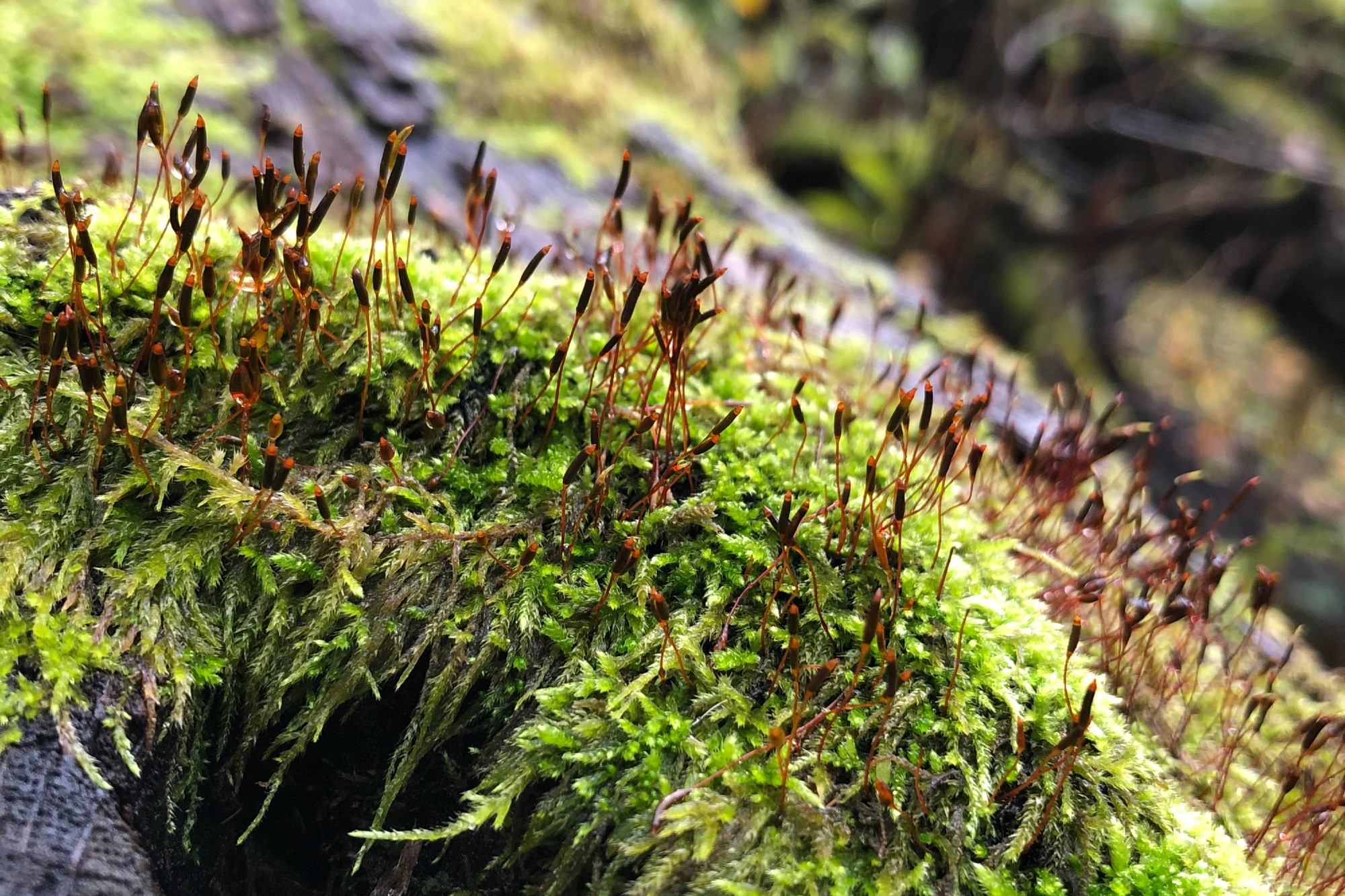Birdwatching, or birding, is a rewarding hobby that connects people with nature and offers a peaceful escape from daily life.
Whether you are in a city park, a rural area, or even your backyard, birdwatching can be enjoyed anywhere.
First, you need to collect essential equipment. A good pair of binoculars is helpful for birdwatching. They allow you to see birds clearly from a distance without disturbing them. For beginners, an 8×42 or 10×42 binocular is a good choice because they provide a bright image and a wide field of view. A bird field guide is crucial in helping you identify different species. These guides typically include pictures, descriptions, and range maps. And, don’t forget a notebook to keep a record of the birds you see. It is a great way to track your progress and improve your identification skills.
Now that you are equipped, it is time to learn the basics. Start by familiarizing yourself with the common birds in your area. Study their colors, shapes, sizes, and behaviors. Listening to their calls and songs can also be very helpful for identification. Choosing a prime birding spot is important. Begin birdwatching in familiar areas like your backyard or local park. These spots can be easy to access and provide a variety of bird species. As you gain experience, you can explore nature preserves, wildlife refuges, and other birding hotspots. Birds can be elusive, so patience is key. Move slowly and quietly, and avoid sudden movements. Use your binoculars to scan trees, bushes, and the ground. Pay attention to bird sounds, as they can guide you to the birds’ locations.
So you’re not an identification expert (yet)? No problem! Identifying birds starts with observation. Note the bird’s size and shape compared to familiar birds. For instance, is it larger than a sparrow but smaller than a crow? Observe the overall shape, including the bill, tail, and wings. Observe the bird’s color patterns and any distinctive markings, such as stripes, spots, or patches. These can be key identification features. Watch how the bird behaves. Does it hop on the ground, climb tree trunks, or soar in the sky? Different species have unique behaviors that can aid in identification. Consider the bird’s habitat. Some birds are found near water, while others prefer forests, grasslands, or urban areas. The type of habitat can narrow down your identification options.
Finally, now that you have the right equipment, know the birding basics, and are on your way to becoming an identification expert, it’s time to talk about birdwatching ethics. Always prioritize the well-being of the birds. Avoid disturbing nests or getting too close to the birds. Use your binoculars to observe from a distance. Be aware of and follow any guidelines or regulations in the areas where you birdwatch. This includes staying on designated trails and not trespassing on private property. If you share your bird sightings on platforms like eBird, ensure your data is accurate and respectful of sensitive species’ locations to avoid putting them at risk.
Birdwatching is a wonderful hobby that offers endless opportunities for discovery and connection with nature. By starting with the basics and gradually expanding your knowledge, you’ll find yourself becoming more attuned to the avian world around you. Happy birdwatching!
Photo by Greenebriar
JoAnna Darda is Red-tail’s Outreach Coordinator. She is passionate about nature, art, and Muncie’s enthusiastic and engaged community.




